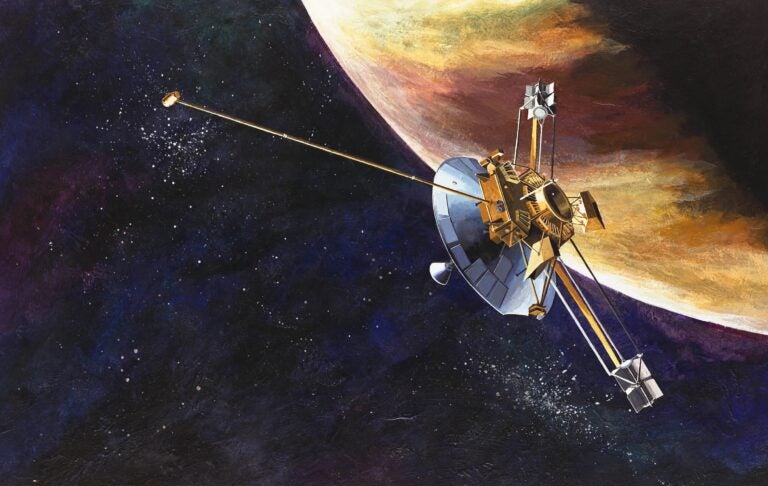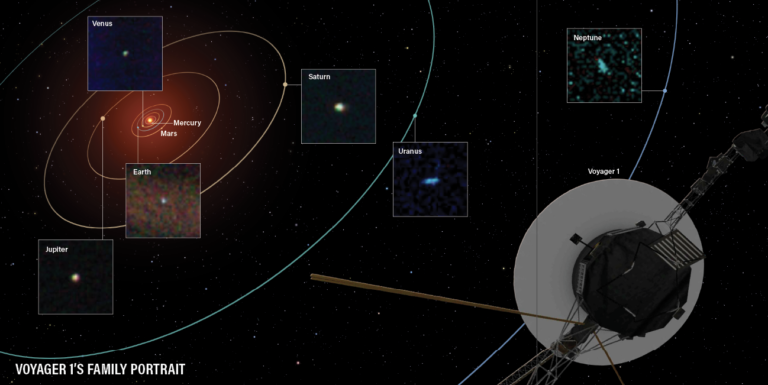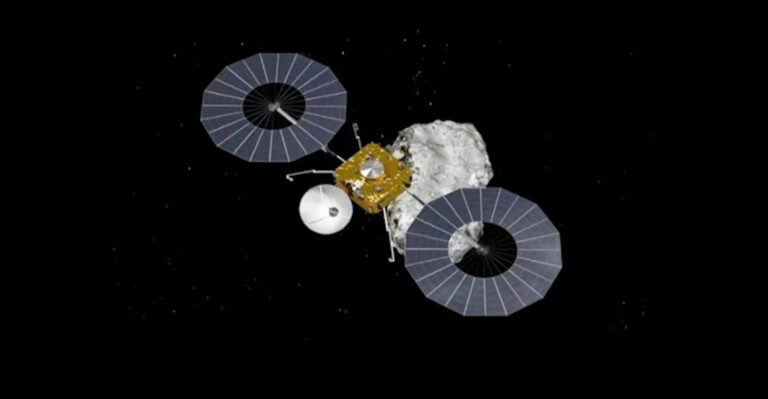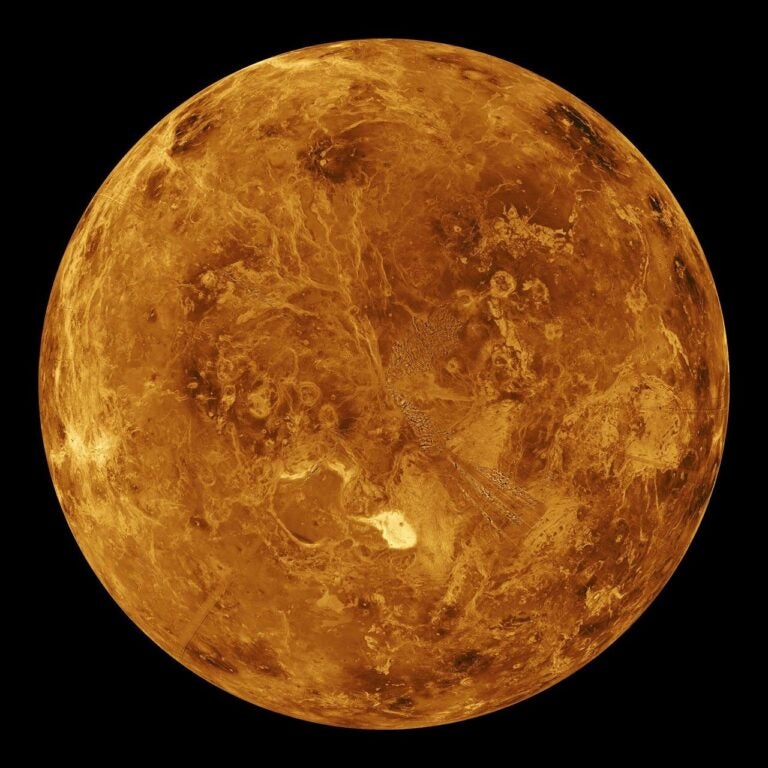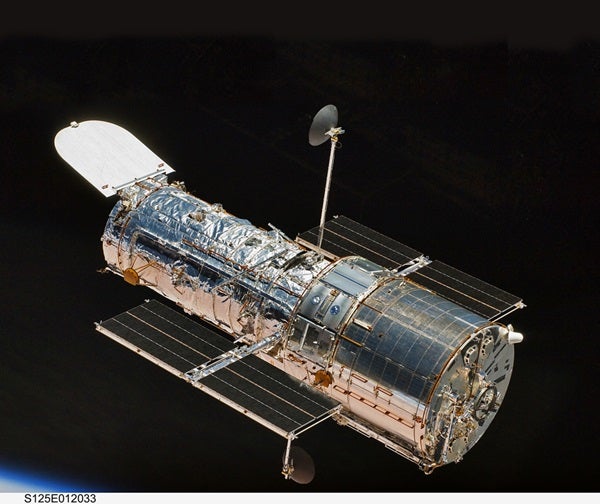
The majority of geostationary satellites, which take 24 hours to orbit Earth and thus are always above the same latitude and longitude, are commercial and/or military, but NASA operates nine geostationary Tracking and Data Relay Satellites. These are extremely important because they relay data and communications from the International Space Station (ISS), the Hubble Space Telescope, science satellites, launch vehicles, and even science payloads aboard balloons. Meteor showers, however, affect everything in Earth orbit, so even a satellite in low Earth orbit is at risk.
Astronomy magazine subscribers can read the full answer for free. Just make sure you’re registered with the website.

